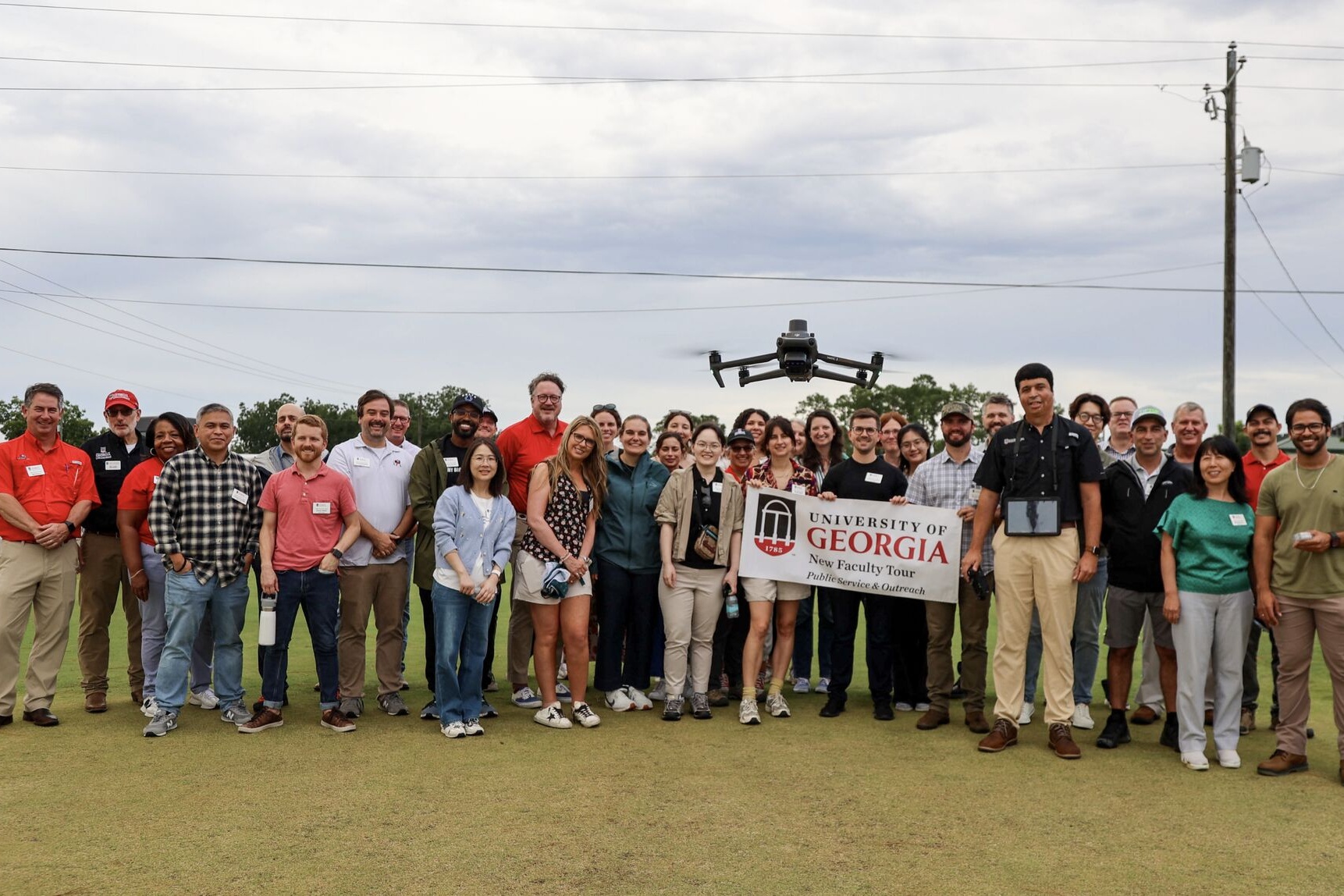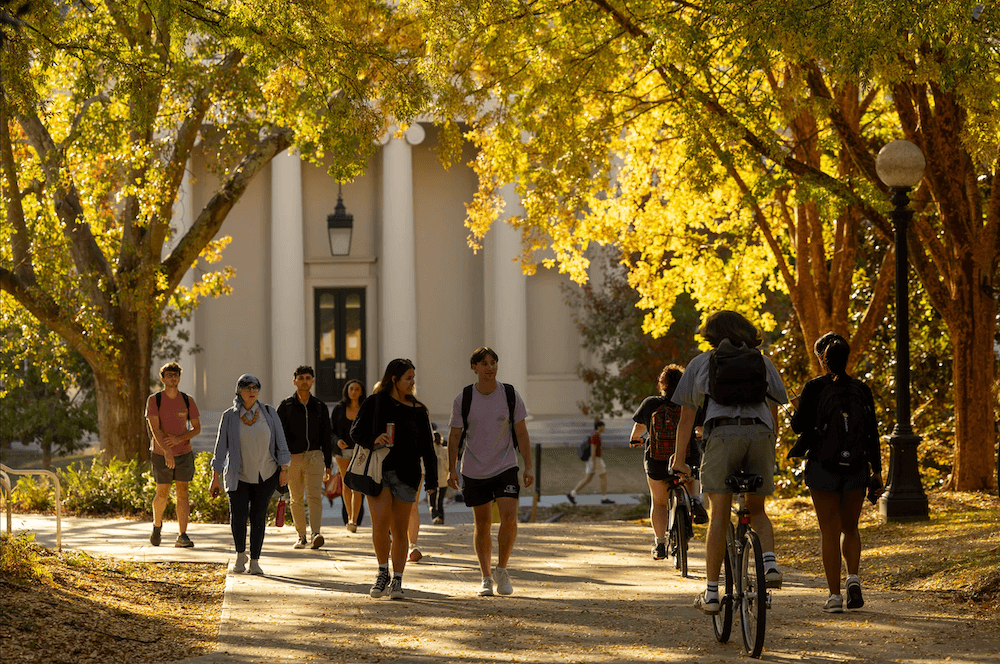By Sharon Omahen
University of Georgia
Tornado drills are common in schools and offices, but they aren’t very common at home. To be prepared for one of nature’s most violent storms, families should conduct drills, too, says a University of Georgia meteorologist.
“Families should practice their emergency plan well before the impending threat of a tornado,” said Pam Knox, Georgia’s assistant state climatologist.
Basement, interior room best
If you live in a traditional frame home, Knox says the safest place to seek shelter during a tornado is the basement. If you don’t have a basement, use an interior room on the lowest level. The room shouldn’t have windows and should be the home’s smallest interior room.
“Typically, this will be either a bathroom or a closet,” she said. “A bathroom is best because the plumbing will provide extra structural integrity should the tornado hit.”
When time allows, Knox recommends bringing a mattress and/or pillows into the room to use as protection from flying debris.
Residents who live in mobile homes or trailers are often told they’re safer outside than in their homes. “Some mobile home parks have storm shelters available for severe weather conditions. If they have them, use them,” she said. “If not, have an alternate plan in place before severe weather occurs.”
Parked car better than outdoors
Knox says seeking shelter outdoors should be a last resort. “People should not be out in the open during a tornado,” she said. “If a tornado can blow a board into a tree, just imagine what it can do to a human.”
If your home isn’t structurally safe and no other shelter is available, Knox says seek shelter in a parked car.
“Get in your car and buckle up,” she said. “Try to protect your head from breaking glass and debris. The seat belts and air bags will help keep you safe should the car be lifted up. And, the car will also protect your family from lightning and hail.”
Once in your car, resist the urge to drive away. You are much safer in one spot than you are on the road.
“And, don’t try to seek shelter under an overpass like the people you see in video tapes,” she said. “The wind can be even stronger under these structures due to the wind tunnel effect. If the bridge falls, your risk of injury is significantly higher.”
In churches, auditoriums, stand by walls
People may feel safer in numbers, but that’s not always true. Don’t plan to meet friends and family in a church sanctuary or an auditorium, she said.
“These are open areas where the structure is much weaker by design,” Knox said. “If you are already there and cannot get to a hallway or smaller room, stand along the walls and not in the center of the open space.”
If staying outside is your only option, Knox says move to the lowest possible location. If your safe haven is a ravine, she warns to be aware of possible flooding.
“Buy a battery operated weather radio and keep it with you,” she said. “Most tornadoes only last about 15 minutes, but it will seem much longer if you aren’t aware of what to expect.”



